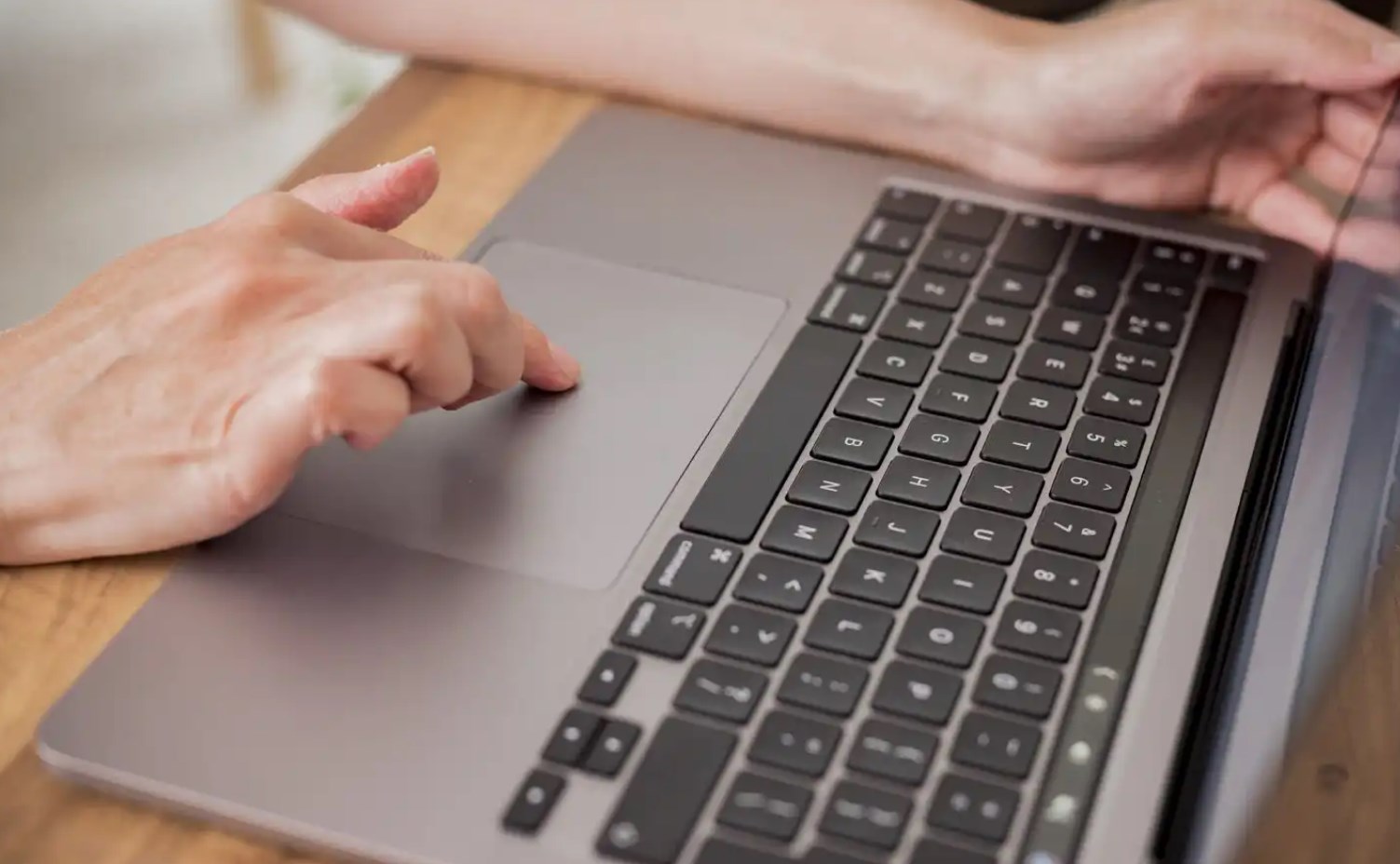Whether you want to capture a memorable moment, save important information, or share something interesting with others, taking a screenshot on your Mac is a quick and easy way to do it. In this guide, we’ll delve into the world of Mac screenshots, exploring various methods, tips, and tricks to help you become a screenshot pro.
1. Keyboard Shortcuts – The Magic Key Combinations
One of the most convenient ways to capture your Mac screen is by using keyboard shortcuts. Mac offers several shortcuts for different types of screenshots:
- Full Screen Screenshot: Press Shift + Command + 3 to capture the entire screen.
- Partial Screen Screenshot: To capture a specific portion of the screen, press Shift + Command + 4 and then select the area you want to capture.
- Window Screenshot: If you only want to capture a specific window, press Shift + Command + 4, followed by the Spacebar. Click on the window you want to capture.
2. Saving and Locating Your Screenshot
After you’ve taken a screenshot, it’s essential to know where to find it. By default, your Mac saves the screenshot on your desktop. The file will be named with the date and time it was taken.
3. Modifying Screenshot Settings
If you want to customize how your Mac takes screenshots, you can tweak settings in the Screenshot app. To access this, open the “Screenshot” app through the Applications folder or use the Shift + Command + 5 keyboard shortcut. Here, you can change settings like the format, save location, and even set a timer for your screenshots.
4. The Power of Preview
Preview, the built-in PDF and image viewer on Mac, is a handy tool for basic screenshot editing. After capturing a screenshot, double-click the image on your desktop to open it in Preview. You can crop, annotate, add text, and make various adjustments.
Advanced Screenshot Techniques
Now that you’ve mastered the basics, let’s explore some advanced techniques to elevate your screenshot game.
1. Taking Timed Screenshots
Sometimes you need a bit of prep time before capturing a screenshot. Mac allows you to take timed screenshots by using the “Screenshot” app. Select the timer option and choose when you want the screenshot to be taken.
2. Capture the Touch Bar
If you have a MacBook Pro with a Touch Bar, you can capture its content by using the keyboard shortcut Shift + Command + 6.
3. Use Grab for More Control
The “Grab” application, available in the Utilities folder, offers advanced screenshot options, such as capturing a specific menu or cursor. This is a great choice for detailed and precise screenshots.
4. Third-Party Screenshot Apps
For those who need even more flexibility and editing options, there are numerous third-party apps like Snagit and Skitch that offer advanced screenshot features and intuitive editing tools.
5. Keyboard Shortcuts for Specific Apps
Some apps have their own keyboard shortcuts for taking screenshots. For example, in Chrome, you can press Shift + Command + 4 to capture a specific area of a webpage.
6. Utilize Spotlight Search
Don’t remember which folder your screenshot is saved in? Use Spotlight Search (Command + Spacebar) and start typing the file name or keywords from the screenshot. Your Mac will quickly locate the file for you.
Troubleshooting and FAQs
Why is My Screenshot Not Working?
If your screenshot shortcuts aren’t working, try restarting your Mac. Sometimes, system glitches can affect these shortcuts.
How Do I Take a Screenshot of a Dropdown Menu?
To capture a dropdown menu, use the “Grab” app or press Shift + Command + 4 and then press Spacebar. This will allow you to select the menu for screenshot capture.
Can I Change the Default Screenshot File Format?
When it comes to changing the default screenshot file format on your Mac, you have the flexibility to tailor it to your needs. By default, Mac saves screenshots in the PNG format, which is known for its high quality and lossless compression. However, you can switch to other formats like JPG, GIF, or PDF. Let’s take a closer look at these formats in the table below:
|
File Format |
Description |
Pros |
Cons |
|
PNG (Portable Network Graphics) |
– Lossless compression, preserving image quality. – Supports transparency. |
– Ideal for high-quality images. – Suitable for screenshots with text. |
– Larger file sizes compared to JPG. |
|
JPG (Joint Photographic Experts Group) |
– Lossy compression, smaller file sizes. – Great for photographs and images with many colors. |
– Smaller file sizes, ideal for sharing. – Suitable for colorful screenshots. |
– Some loss of image quality due to compression. – Limited support for transparency. |
|
GIF (Graphics Interchange Format) |
– Supports animations. – Small file sizes. |
– Ideal for simple graphics and animations. – Suitable for short screen recordings. |
– Limited color depth, not ideal for detailed images. – No support for high-quality photos. |
|
PDF (Portable Document Format) |
– Preserves vector graphics and text. – Excellent for documents. |
– Ideal for capturing web pages as documents. – Keeps text and vector elements crisp. |
– May not be suitable for images or detailed screenshots. |
Where Do Screenshots Go on Mac?
By default, your Mac saves screenshots on the desktop. You can change the default location in the “Screenshot” app settings.
Is There a Way to Capture Video on Mac?
Certainly, capturing video on your Mac is not only possible but also quite convenient. Mac provides a built-in screen recording feature that allows you to capture video of your screen and any activities on it. Here’s how to do it:
- Using QuickTime Player:
QuickTime Player is a versatile multimedia player that also doubles as a screen recorder. Follow these steps to capture video on your Mac:
- Open QuickTime Player from your Applications folder or use Spotlight Search (Command + Spacebar) to find it.
- In the menu bar, go to “File” and select “New Movie Recording.”
- A recording window will appear. Click the small arrow next to the record button to select your microphone and camera settings.
- To record your screen, click the arrow again and choose your screen from the camera options.
- Click the red record button to start capturing your screen.
- When you’re done, click the stop button in the menu bar.
Your video will be saved, and you can easily trim or edit it using the built-in editing tools in QuickTime Player.
- Using the Screenshot App:
Mac’s built-in “Screenshot” app isn’t just for capturing images; it can also record your screen. Here’s how:
- Open the “Screenshot” app through the Applications folder or by pressing Shift + Command + 5.
- In the menu bar at the bottom of the app window, you’ll see options for screen capture and screen recording.
- Select “Record Entire Screen” or “Record Selected Portion” based on your needs.
- Click the record button to start recording.
- When you’re finished, press the stop button in the menu bar.
Your screen recording will be saved, and you can find it in the location you specified in the app’s settings.
- Using Keyboard Shortcuts:
Mac also offers keyboard shortcuts to initiate screen recording. Follow these steps:
- Press Shift + Command + 5 to open the “Screenshot” app.
- In the menu bar, click on the “Record” button.
- Choose “Record Entire Screen” or “Record Selected Portion.”
- Click the record button to begin capturing your screen.
- Stop the recording by clicking the stop button in the menu bar.
Your video will be automatically saved as a file on your Mac.
Can I Take Screenshots on a Macbook?
Absolutely! All Mac models, including MacBooks, support the same screenshot shortcuts and methods.
Result
Mastering how to screenshot on Mac is a valuable skill that can save you time and effort. Whether you’re sharing information, creating tutorials, or preserving cherished moments, the ability to capture your screen quickly and efficiently is indispensable. With an array of methods and tips at your disposal, you’re now well-equipped to become a screenshot pro on your Mac.

